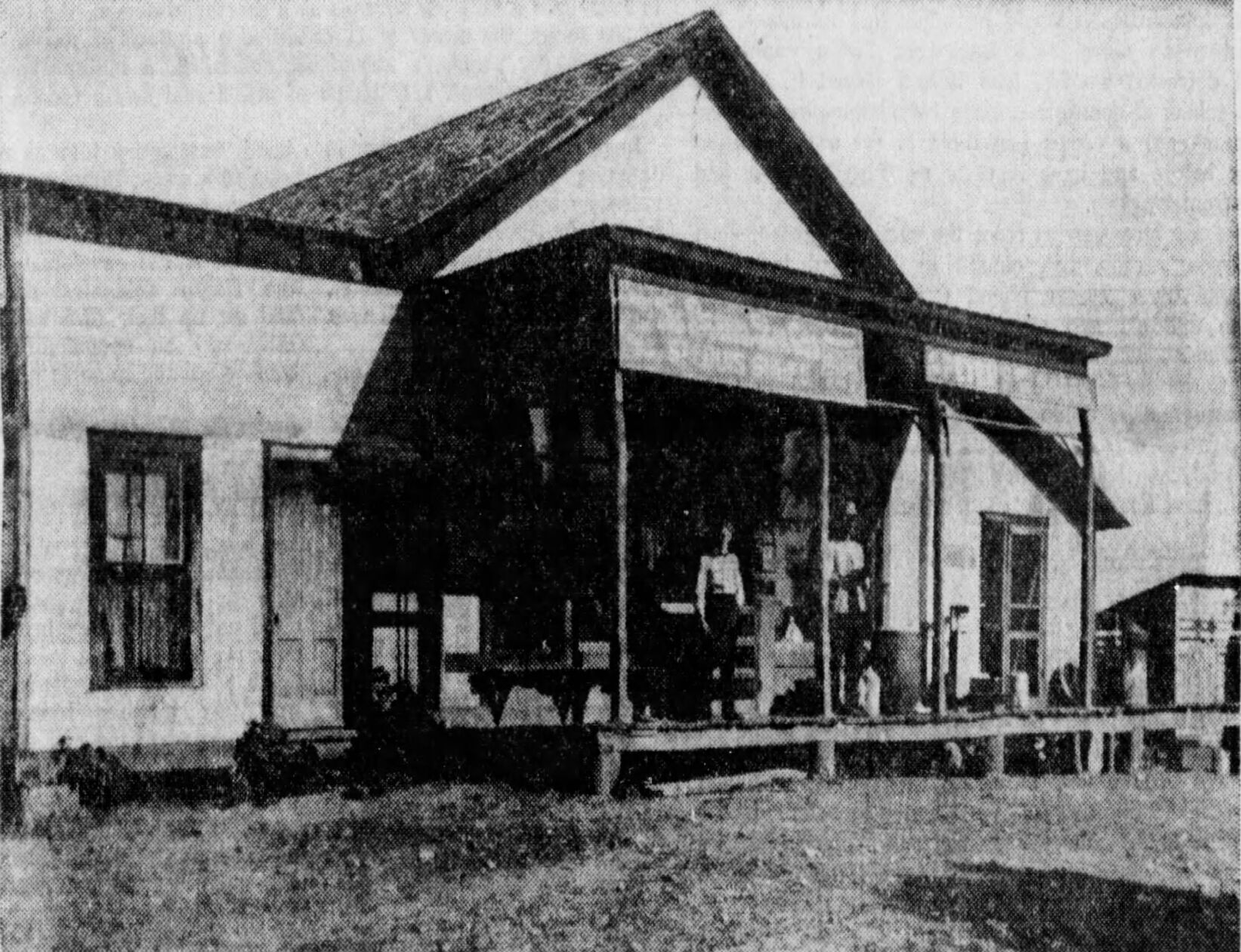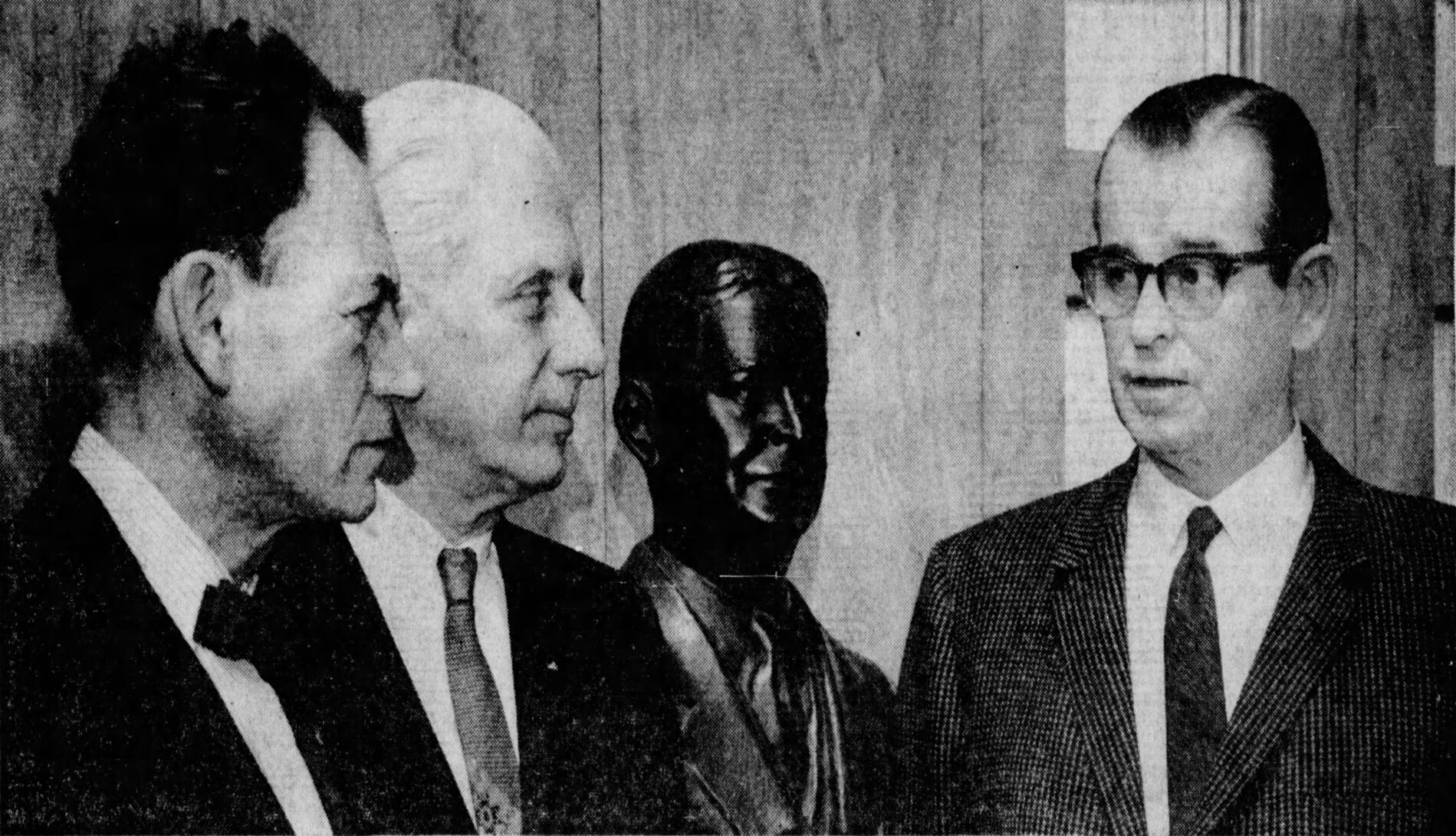How 7-Up was born: A story of innovation and persistence
In October of 1929, St. Louisan C.L. Grigg introduced his new soft drink to the world. While his timing could have been better, the drink would eventually become one of the most recognized brands in the world. We turned back our archives to 1966 for this profile on the early days of the company.
CHARLES LEIPER GRIGG’S birthplace in 1868 actually was one up on a log cabin. It was a rebuilt log storeroom, about 14 by 24 feet, at Prices Branch in Montgomery County, Mo.
The merchandising sense that distinguished C. L. Grigg got its start there, with the foundling of a general store, and so, in a sense, did 7-Up. Grigg was staying alive as keeper of a general store but, in looking over catalogues sent out to the rural trade by St. Louis wholesalers, he was moved to wonder how the big-city boys stayed in business.
He wrote one such company, pointing out its mistakes, and was invited to come to St. Louis and do better, if he could. He did. His son, H.C. Grigg, would later say that Grigg came here to reform big business in about 1900.
C. L.. Grigg’s reformings led him through several dry goods firms, then into several advertising agencies, and finally into a soda bottling company. He became a regular at the City Club, lunching with other businessmen. Among his acquaintances were a coal merchant, Edmund Ridgway, and a lawyer, Frank Y. Gladney. One day late in 1919 Ridgway joined Grigg for lunch and asked the usual, casual question: “How’s the soda pop business?”
“It isn’t,” said Grigg. “I’ve been fired.”
Perhaps he could have said he’d quit, because he once again had better ideas of how to run a business. He persuaded Ridgway, who was a coal merchant, that he did. In January, 1920, Ridgway and Grigg became partners in a soft-drink bottling works, which moved coal merchant Ridgway to wonder about himself. “
All my business life,” said Ridgway, “I’ve been hoping for cold weather so I could sell coal, and now I want heat waves.”
Their first product was an orange drink. They called it “Howdy.” That product did fairly well, and there might never have been a 7-Up if the citrus growers had not tried to tell the makers of soda pop how to improve their product. That, obviously, was stealing Grigg’s specialty, and he resented it.
The citrus growers, faced with more oranges than the country seemed to need, pushed through in some states a requirement that orange soda pop have real orange pulp and orange juice in it.
“That was fine for orange juice,” said Wells, “but it didn’t do much for the taste of orange soda, and C. L. began looking around for another drink.”
HE DECIDED on a lemon-lime flavor. His decision was distressingly unoriginal. In the late 1920s, when C. L. Grigg began work on a formula for a lemon-lime drink, there were by actual count more than 600 already on the national market. The first artificial soda water in the United States was concocted in 1806 by Benjamin Silliman, a professor of chemistry at Yale. Somebody added a dollop of lime flavor about 1830, and there had been no end to lemon-lime inventiveness ever since.
Grigg, however, had no doubts about himself. He tried 11 different formulas, decided that the eleventh was the one the soda-drinking world had been waiting for, and marketed it.
His timing was spectacularly bad.
He introduced 7-Up in early October, 1929, several weeks before the stock market lost its bubbles. The lawyer, Gladney, stepped in to become the third-man ingredient that the firm needed.
“Mr. Gladney was not just a lawyer who latched onto a good thing,” Greg Wells, his son-in-law would say.
“He tried to sell stock in the company and wound up having to take it all himself. He would stop in at the Seven-Up offices every morning on his way to his law offices downtown. Until he died in 1961, at the age of 83, he came into the office every day. He was always the secretary-treasurer, an old head and a reassurance that the Seven-Up Co. wouldn’t go off on a tangent.”
Wells himself got into the company on a tangent. He had married a Gladney daughter, and was doing better, in salary and security, as a teacher than the soda-pop world had to offer in the 1930s. His father-in-law persuaded him to join the Seven-Up Co. “I’d been doing part-time work for the company,” said Wells, “writing advertising copy. I taught English at John Burroughs. My salary was cut in half when I quit teaching to come here.”
In 1937, Seven-Up was doing well enough to be honored by changing the name of the extract firm from the “Howdy Co.” to the “Seven-Up Co.” It had been slow, but the very slowness of the company’s growth had justified C. L. Grigg’s notion that he had a better idea for a lemon-lime drink. He had not, after all, ever claimed it was faster. Only better.
Basically, he said, his program was, “Sell an Idea, and the thing itself stays sold.” Foremost among the things he sold was quality control. A bottler living in a city that prided itself on the purity of its water could not successfully plead local pride to C. L. Grigg if the equally proud father of 7-Up decided the local waterworks wasn’t up to his standard. The water had to be redistilled, Grigg, in fact, was so proud of his drink that when he heard that the Food end Drug Administration in 1937 planned to require soft-drink manufacturers to list their product’s contents on the bottle, he complied before the act.
C. L. GRIGG DIED in 1940, at the age of 83. The company did not begin national advertising until the early 1940s, during World War II. In 1948 the 7-Up Export Corp. was formed.
“It took a long time,” said H. C. Grigg, “from 1929 to 1936, to get the company going. In these days of quick promotion, the usual thing is to give a new product two years to go or flop, and usually it flops. We used the reverse system, all the way. We started in the back streets at the mom-and-pop stores, and went last to the country clubs and the hotels.
“That was the result of my father’s principle, ‘Sell the idea and the thing itself stays sold.”



